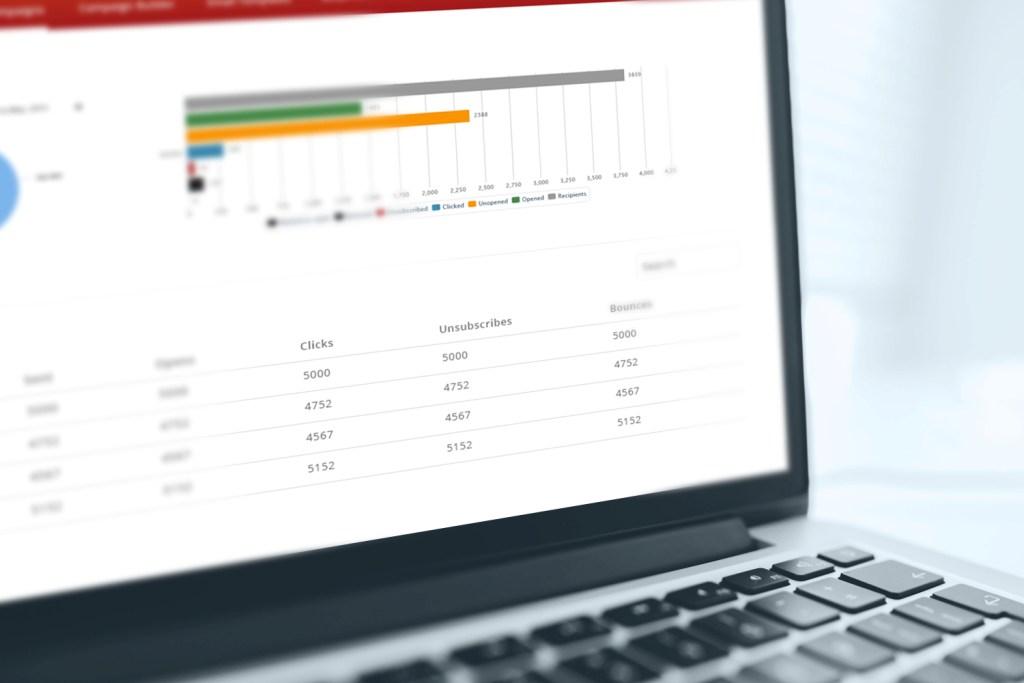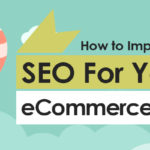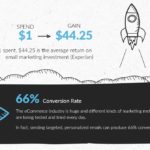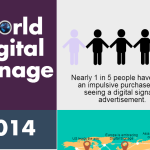
Let’s face it, bounce rates are unavoidable. Literally, every website on the Internet has people who come, look for a few seconds (or in some cases, even less), and leave, never to be seen again. According to a report from the content marketing agency, Wolfgang Digital, the average rate for an eCommerce website is around 57%. In spite of this, the best sites record bounce rates as low as 35%. So if your site has higher-than-average bounce rate, you’re almost certainly making some of these mistakes.
Mistake #1 – Small Fonts
Ten years ago, most sites used a 12px font, simply because it was the standard back then, but the problem was, business owners of the time overlooked the fact that online content is supposed to be easy to read. Just think about it – nobody wants to squint at the text on a site to read it. Today, the most commonly-used font size is 16px, and when you compare it to the 12px, you can easily see why.
What’s more, you have to realize that your visitors have a short attention span. According to a 2015 Microsoft survey of 2000 people, the average human attention span has fallen from around 12 to 8 seconds in the last 15 years. Therefore, in order to encourage your users to pay more attention, your website needs to convey information clearly and concisely.
Mistake #2 – No Mobile Optimization
You probably already know that some of your visitors care more about the speed of your site than all the bells and whistles you want to add to your site. But no matter how fast your site loads on the desktop, if you aren’t optimized for mobile, better be prepared to lose some sales. As a matter of fact, research from Econsultancy suggests that more than 55% of mobile users will leave an eCommerce site if it fails to load in 3 seconds or less.
Now, seeing how mobile accounts for more than 50% of eCommerce traffic (according to data compiled by the eCommerce platform Shopify), it seems only natural that you should take extra care to ensure that your site is user-friendly for mobile. Desktop designs are usually awkward on both smartphones and tablets, making it difficult to navigate, click links and find what consumers are looking for. A professional designer should be able to advise you as to whether a mobile or a responsive site would be better for you.
Mistake #3 – Unappealing Design
If your design has a below-average visual appearance, your visitors will perceive your business as below-average on a subconscious level. Furthermore, last year’s Adobe study revealed that given 15 minutes to consume content, around 66% of users would rather read something visually engaging than something plain. If your site is visually pleasing, your visitors will be far more inclined to remain on your website, and more likely to share your website with others.
One of the more underestimated parts of any website design is the logo. It is the icon that symbolically represents your company, and according to KoMarketing, it is the first thing 36% of visitors click on after reaching a website via a referral site. Luckily, there are many inexpensive designers on the web, or you could always find a free logo maker online, and create one by yourself.
Mistake #4 – Poor Navigation
Site navigation is perhaps the most important element of any great user experience, and it has a bigger impact on failure or success than almost any other factor. In addition, it doesn’t affect only UX and conversions, it also affects your traffic and search engine rankings. However, getting the navigation right is a tough challenge, and a lot of standard navigation practices should be avoided or improved in order to get everything thigh and ensure maximal customer satisfaction.
For instance, you should definitely avoid drop down menus for two specific reasons. First, depending on how they are programmed, drop down menus can be extremely difficult for search engines to crawl. But there is even a bigger reason not to use them – according to usability studies by the NN Group, most users simply find them annoying and counterintuitive. So instead, you should definitely consider using vertical side menu navigation; it works for two of the most popular sites in the world – Facebook and Twitter.
Final Thoughts
While some things like font styles, colors and imagery are a matter of personal taste, some things, like the four elements we covered in this article, are not subjective and are simply right or wrong. So if you want to encourage more consumers to visit your eCommerce site, you need to take a step back and objectively look at your site from the perspective of your potential customers.
And getting new customers is only a first step. You also need to plan your ecommerce store in such manner that will make customers visit again and again. That will need engagement in other spheres. Things you should also consider are payment convenience, customer data security, 3pl logistics solutions and so on.














